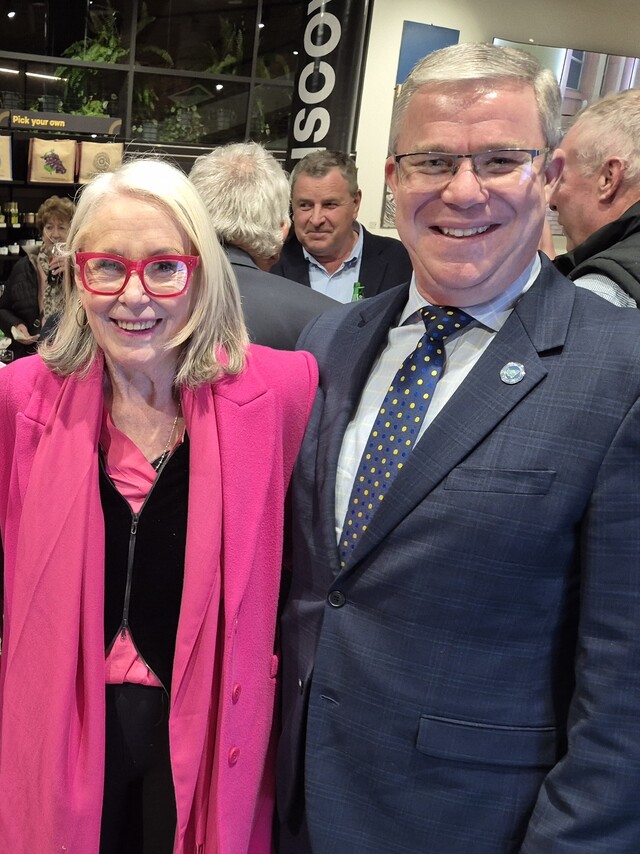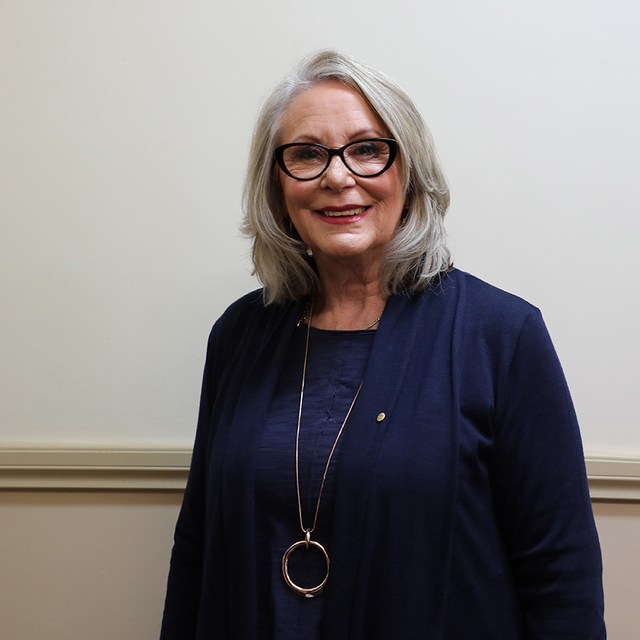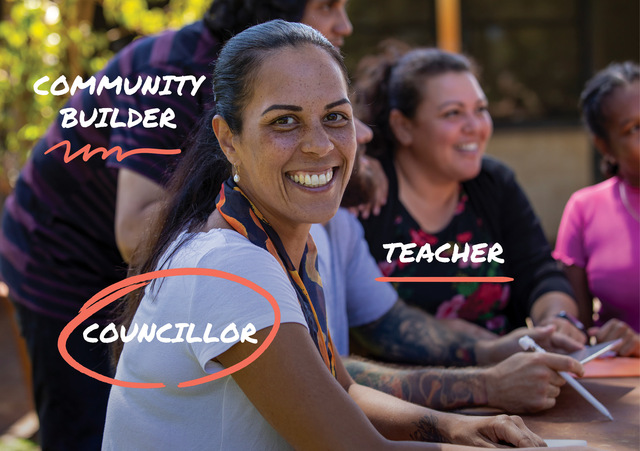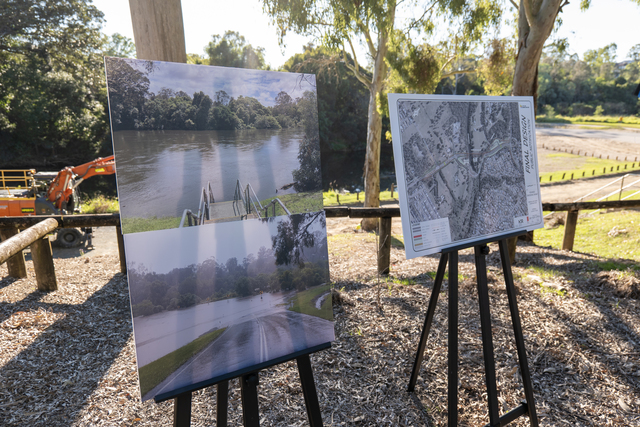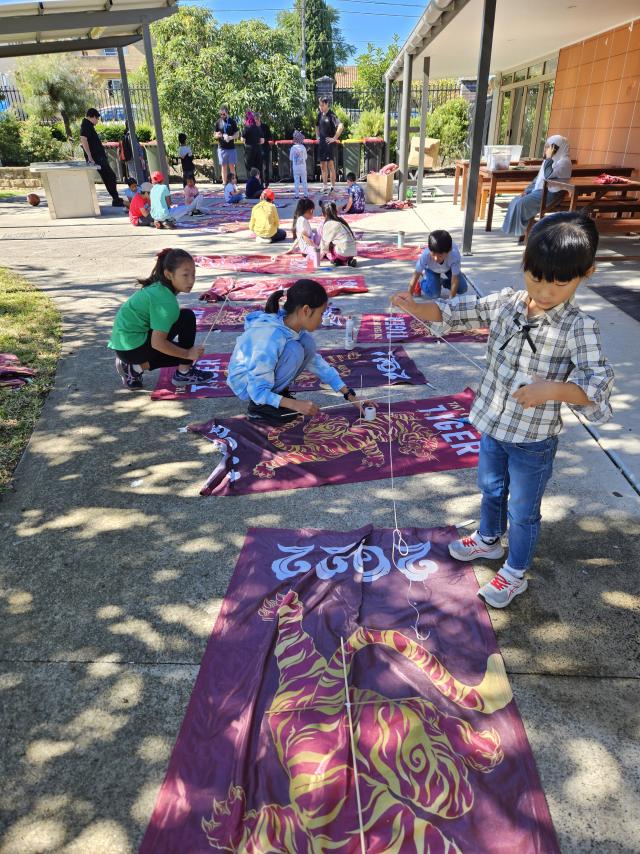As I’ve foreshadowed in recent months, these Precincts will be established in areas of current Australian competitive advantage, such as manufacturing, food, finance and resources, and up to five Precincts will support emerging opportunities — their focus will be on industries with strong export potential.
Melbourne is to be a food precinct under the new arrangements, which is very interesting given that most manufacturers have moved out to Cranbourne, Shepparton, Ballarat, Bairnsdale, etc. Perhaps the CSIRO and the Australian Research Council, whose influence and/or facilities lie in Melbourne, had a big say in the decision?
The reality is that for certain industries, urban agglomerations of research infrastructure, plant, equipment and workers are important: e.g. in finance, IT, biotech and pharmaceuticals. However this isn’t the case for the food, timber, metals and engineering industries.
The configuration and location of most of the precincts have yet to be decided. There is an opportunity for regional cities and towns to negotiate and lobby their way into these precincts, including the aforementioned food precinct, especially since the Government would be open to sensible propositions at a time of a hung Parliament.
We’re now scheduling meetings with the industry and regional development departments to discuss how regional hubs can be positioned in the new arrangements. If your council has an interest in this dialogue, please contact us ASAP.
Clusters and supply chains
The ‘Industry and Innovation Statement’ actually uses the terms ‘precinct’ and ‘cluster’ interchangeably, which is nice after our decade of effort in opening federal policymakers’ eyes to the potential of clusters. We must thank my colleague Professor Roy Green (UTS) for his leadership on this.
To explain, a few years back our Cockatoo members identified some 100 industry clusters around Australia. We have been dropping hints they could form the basis of a new industry policy, especially given that localised processes are increasingly important.
For example, in South Australia we identified clusters of differing sizes in horticulture (Virginia, Riverland, Hahndorf), seafood (Port Lincoln), automotive and engineering (northern Adelaide), wine (the Barossa and Clare valleys), food (northern Adelaide) and minerals and metals (the upper Spencer Gulf).
The defining features of each of these clusters are the specialisation and critical mass that helps them build supply chains into global markets. I will identify more of these clusters next month.
The ‘Industry and Innovation Statement’ touches on the importance of supply chains. We believe there is real scope for companies to now engage with the Federal Government to think about how high-value global supply chains can be nurtured in association with these clusters and precincts. Once again, please forward your ideas!
Defensive measures
As mentioned above, the Statement has a defensive component (presumably crafted by the manufacturing unions) that involves increased vigilance on cheap imports via anti-dumping action.
The reality is that many foreign companies are selling their goods into our market at cost just to keep their operations going. But an anti-dumping program will not prevent these practices, and anti-dumping cases are excruciating slow.
A beefed-up Australian Participation Program, to ensure higher levels of Australian content in major resource and engineering projects, will also be sought. However our signing of numerous Free Trade Agreements means that we can no longer mandate particular levels of local content for these projects.
Innovation grants
The third leg of the Statement involves $350 million in a new round of the Innovation Investment Fund program, to stimulate private investment in Australian start-ups. And there is also a new competitive Industry Collaboration Fund (up to $50 million a year).
This is all a little murky because the offset savings are linked to reducing the eligibility of the resource companies for R&D grants. In any event, Shadow Minister Sophie Mirabella is the one to watch. She has not yet ruled anything in or out.
Inflation hits gas bottles
Last year, I paid $35 for a replacement gas bottle (8.5kg) from the local Caltex/Woolworths servo, which I thought was a bit steep. This year the price had lifted further to $38. Highway robbery.
So I rang the Shell/Coles opposition in the next suburb. “About $40, mate,” the young bloke mumbled. “At those prices you aren’t my mate,” I grumbled before I hung up.
So I rang the local Bunnings store, where the nice lady quoted me $19.50. So they won my custom. The interesting thing is that Bunnings is owned by Wesfarmers, which also owns Coles. Good to see independent pricing within the Wesfarmers stable. Given that these prices are set nationally, the same differential presumably exists where you live!
RDA Fund
We’re mid-way through an analysis of likely Round 3 and 4 grant priorities. Round 5 could open any day, and $200 million might be available. No point in holding back in an election year. More next month…
Rod
Brown is a Canberra-based consultant and lobbyist specialising in
industry/regional development, investment attraction and clusters, and
accessing federal grants. He also runs the Cockatoo Network.
Phone: (02) 6231 7261 or 0412 922 559
Email: apdcockatoo@iprimus.com.au
Blog: www.investmentinnovation.wordpress.com (750 articles)


